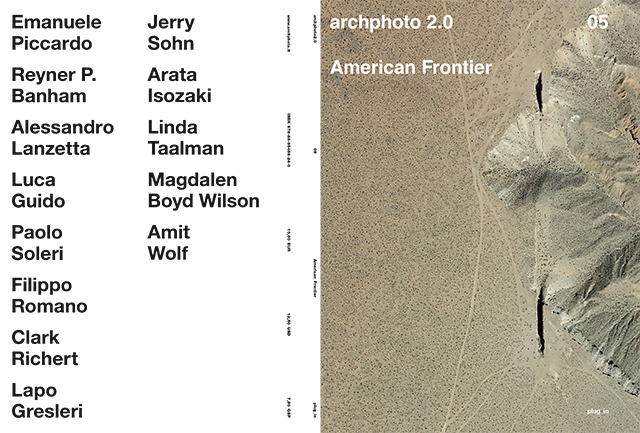Archphoto 2.0_05 . American Frontier
|
Anno: 2015 /
American frontier When Frederick Jackson Turner published his thesis on American history in 1893, he saw in the frontier – a sparsely inhabited territory in direct contact with the wilderness – the essence of a new Weltanschauung. Frontier was not, therefore, a word indicating a precise limit, a boundary to be crossed or a political and geographical bond, as a European reader may think. In the United States, the word frontier was more of an invitation to explore, an area to conquer, a hymn to the freedom of the individual. The critical choices behind this edition of archphoto2.0 refer to this original meaning of the word frontier. The earthworks, buildings and settlements created during the twentieth century also confirm the prophetic value of Turner’s proposition as regards the world of art and architecture. Many architects and artists, like the pioneers before them, turned to the wild areas of the United States to find the freedom and opportunities the contemporary metropolis was no longer able to offer them. Thus, the projects selected represented a new approach to conquering and colonising the West, in which the frontier was understood as a space in which to experiment. In the examples proposed, the desert was often elected as a place in which to substantiate theory, undermining the traditional significance of a work of art and architecture. Index |






